Adler
New member
This seems to be an international purchase… I bought as a Belgian a German helmet at a militaria show in France and the seller was Dutch.
However, that’s not the most interesting thing about this helmet. Maybe some of you know that Doug B. had posted his first ever German helmet with this horizontal red stripe from lug to lug on another forum… well this one seems to be a very close relative.
Both helmets have this interesting red stripe and they are both double camouflaged. The black lines from the first camo can be seen very well through the second layer of camo. In my opinion the colors are also exactly the same on both helmets.
According to someone who commented on Doug’s thread, this red stripe should be a wound stripe as used by the Austro-Hungarian army. He had two Austrian helmets with a red stripe in his collection.
Since I have only seen two of these (German) helmets and since they are both configured in the same way, I don’t see the connection with the Austrians. I sure hope someone can enlighten this or can provide some sort of explanation for this red stripe. Other possibilities that were mentioned was stretcher bearer, rank distinction, special service,...
This M17 helmet is an ET64 (producer: Eisenhüttenwerke Thale A.G.and size: 64), and is also named but I can’t read it… After playing a bit with Photoshop, the “AK” mark and an ink (paint) stamp “64” also become visible.
Anyway, no matter what the red stripe stands for, I’m very happy with this helmet. Hope you gentlemen also like it…
Adler
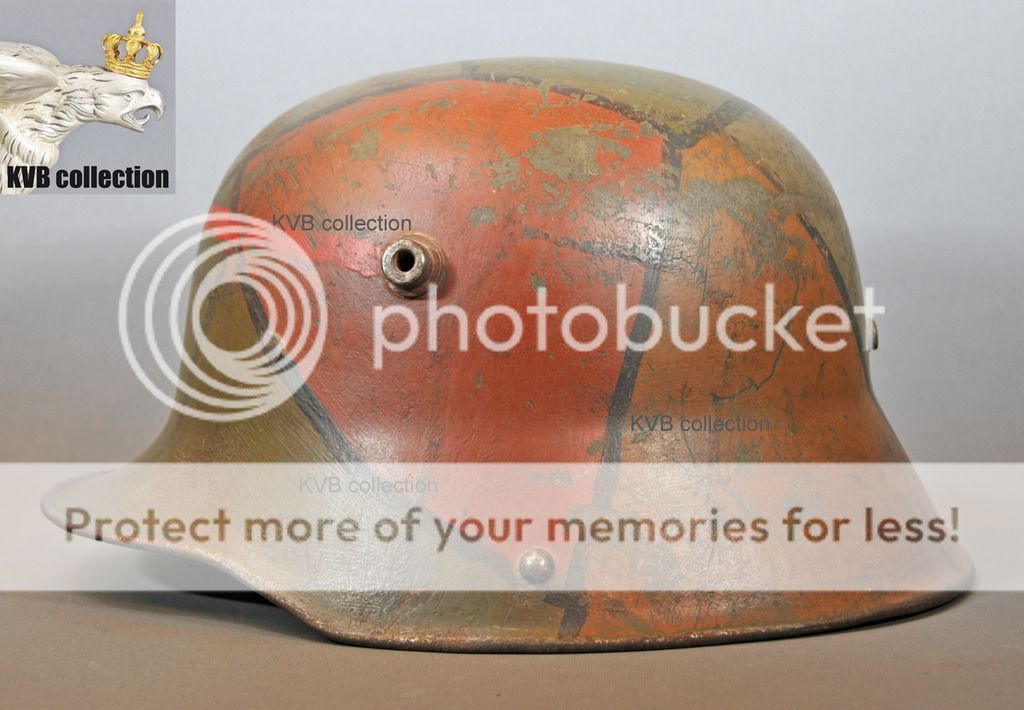
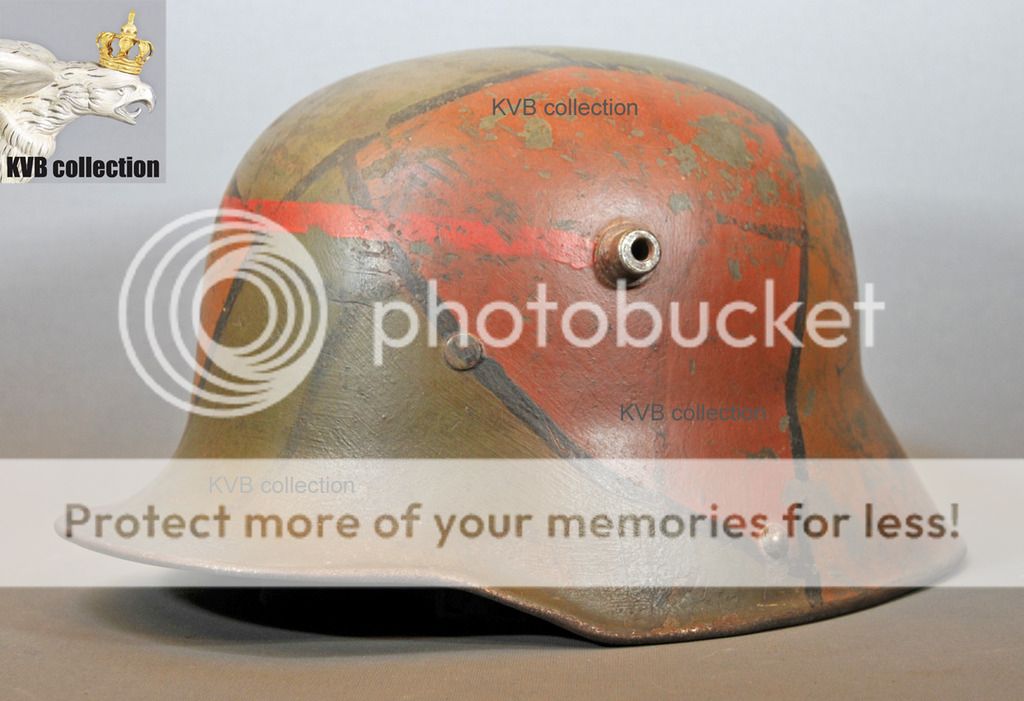
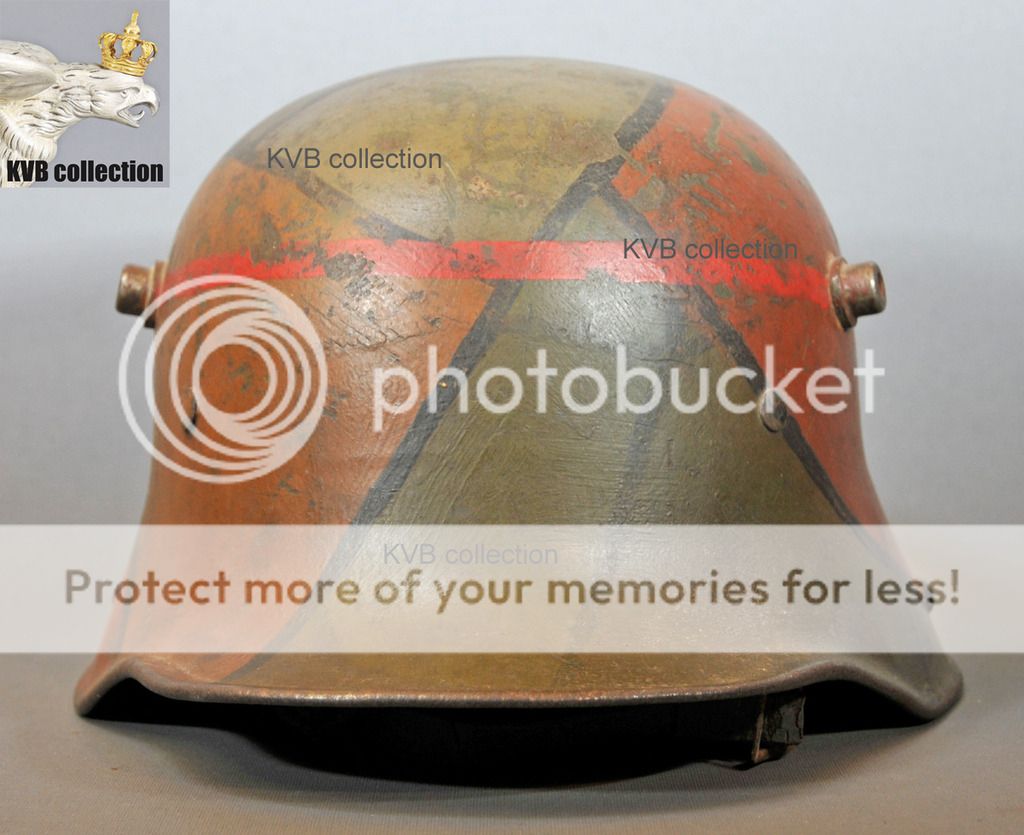
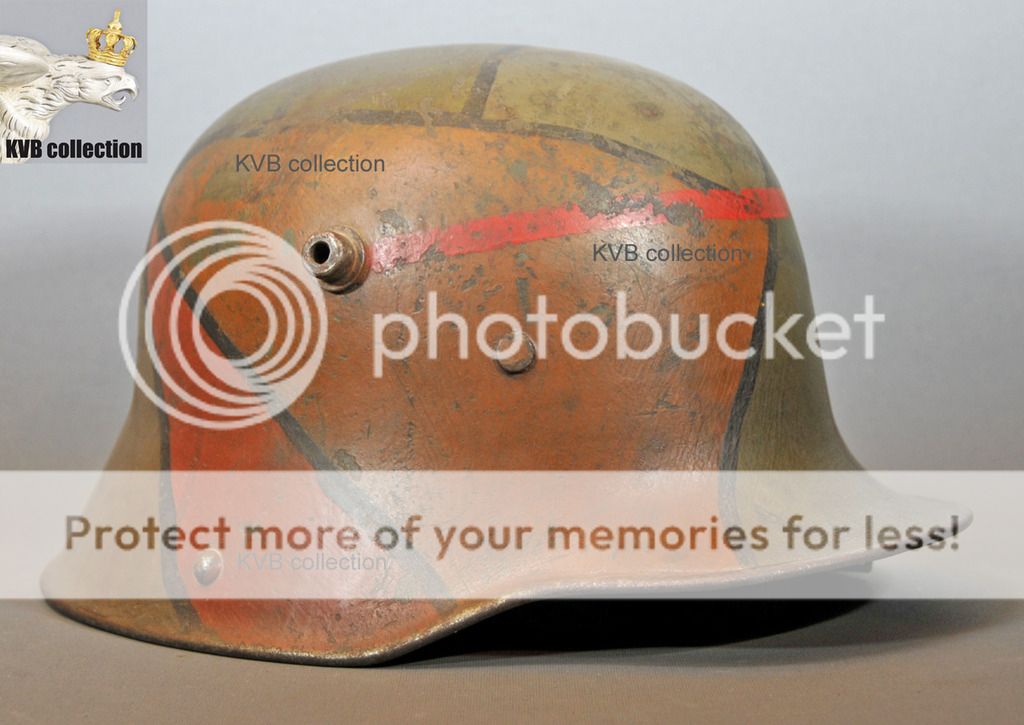
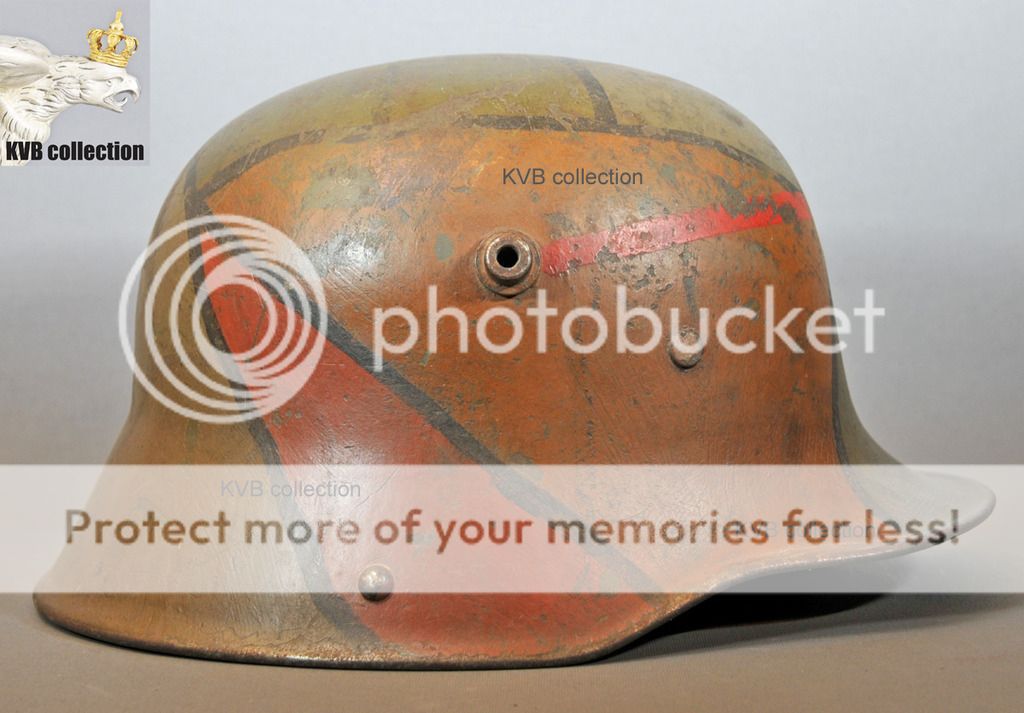
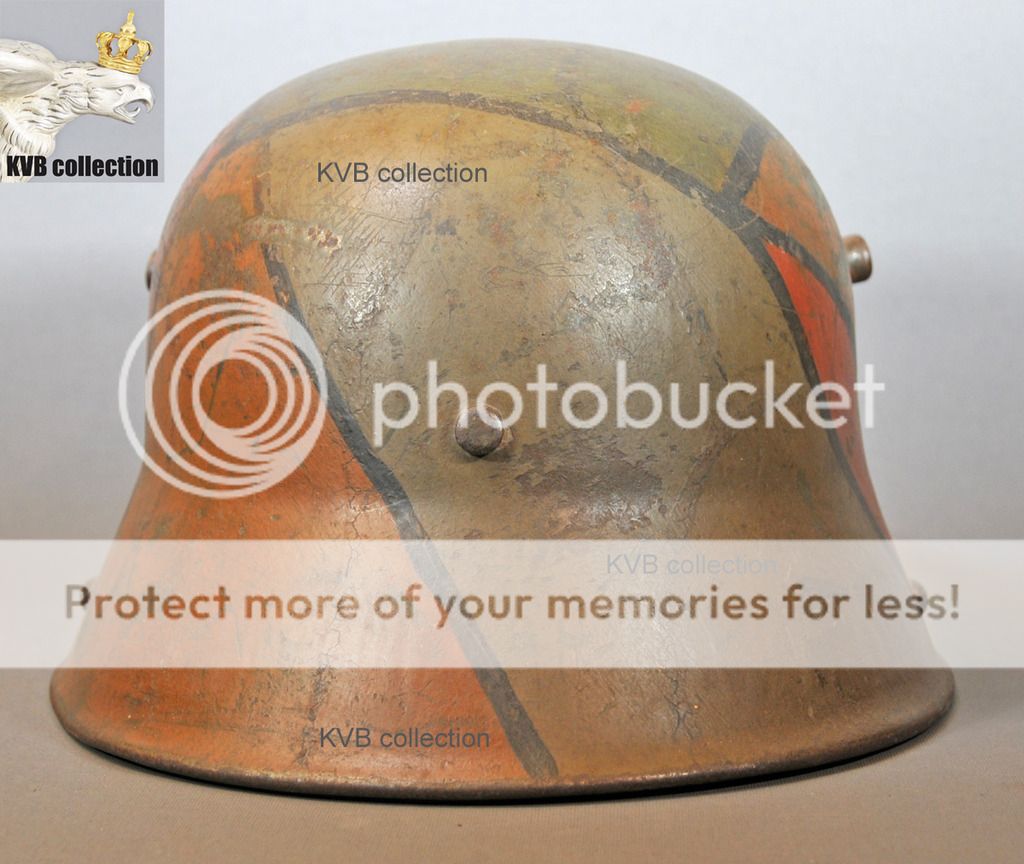
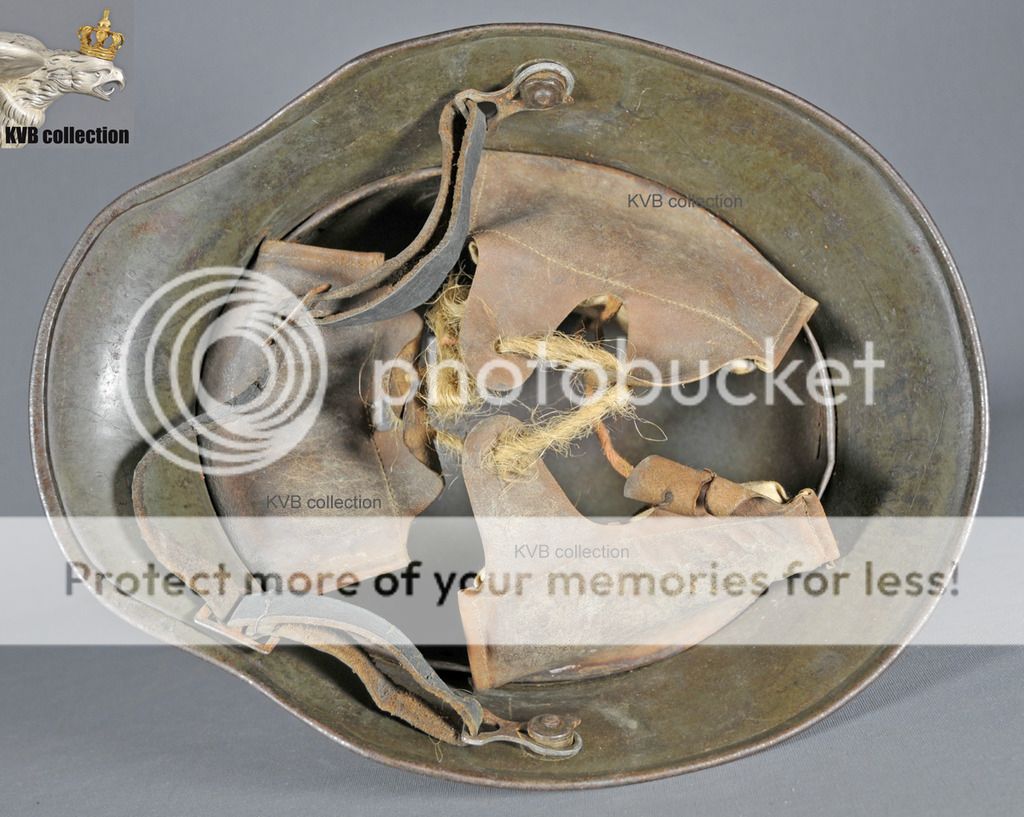
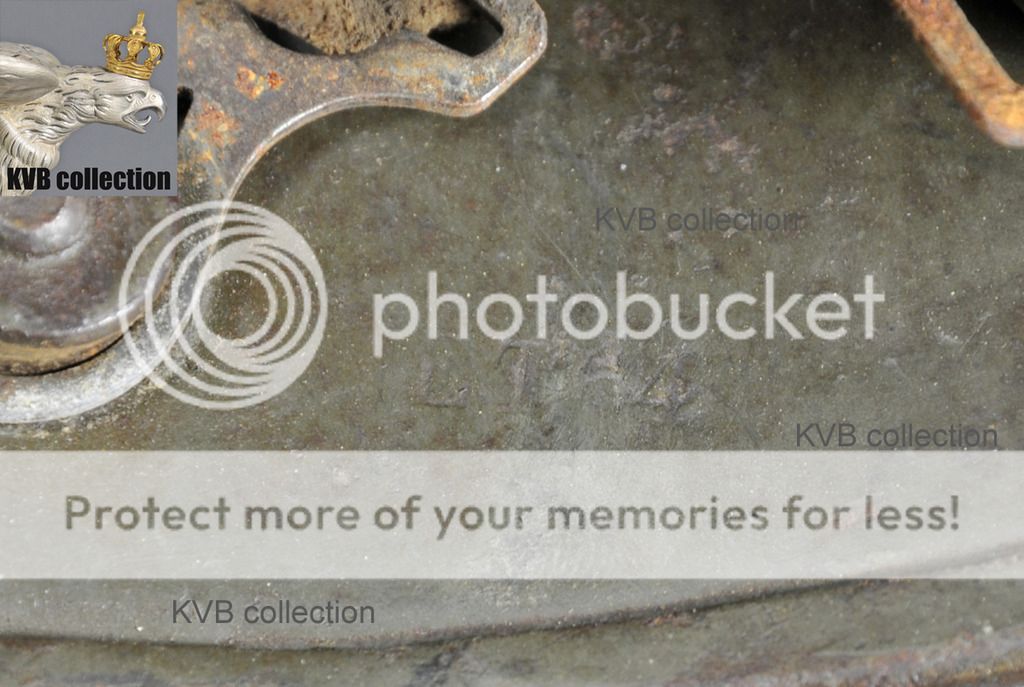
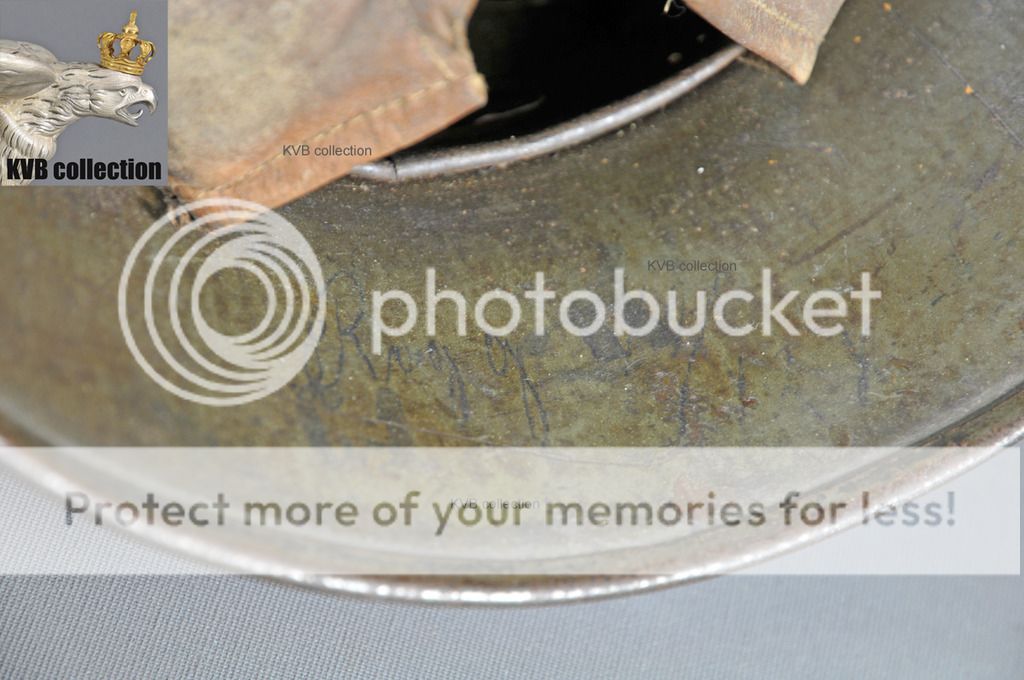
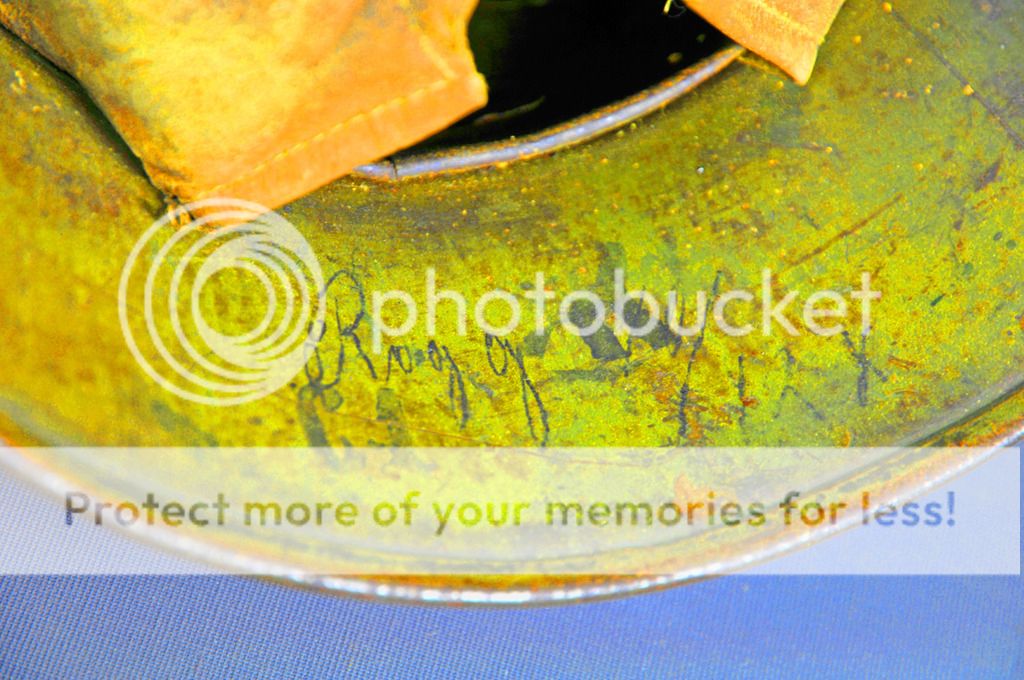
However, that’s not the most interesting thing about this helmet. Maybe some of you know that Doug B. had posted his first ever German helmet with this horizontal red stripe from lug to lug on another forum… well this one seems to be a very close relative.
Both helmets have this interesting red stripe and they are both double camouflaged. The black lines from the first camo can be seen very well through the second layer of camo. In my opinion the colors are also exactly the same on both helmets.
According to someone who commented on Doug’s thread, this red stripe should be a wound stripe as used by the Austro-Hungarian army. He had two Austrian helmets with a red stripe in his collection.
Since I have only seen two of these (German) helmets and since they are both configured in the same way, I don’t see the connection with the Austrians. I sure hope someone can enlighten this or can provide some sort of explanation for this red stripe. Other possibilities that were mentioned was stretcher bearer, rank distinction, special service,...
This M17 helmet is an ET64 (producer: Eisenhüttenwerke Thale A.G.and size: 64), and is also named but I can’t read it… After playing a bit with Photoshop, the “AK” mark and an ink (paint) stamp “64” also become visible.
Anyway, no matter what the red stripe stands for, I’m very happy with this helmet. Hope you gentlemen also like it…
Adler














